
The world of robots is often fascinating and mysterious. Yet, these machines are becoming more common in our lives and workplaces.
By learning what robotics is, children unlock potential in many ways. For one, it enhances your child’s creativity, innovation, and problem-solving skills. It can also equip them for whatever the future brings.
And learning to build robots is more than just a hobby. This knowledge can translate into rewarding, well-paid robotics careers. Robotics programs, like those at Engineering For Kids®, introduce children to this exciting world.
In this article, we will cover the important question “what is robotics?” We will include the meaning of robotics, types of robots, robotics careers, and how you can get your child involved. Read on to learn all about this fascinating world!
What is Robotics?
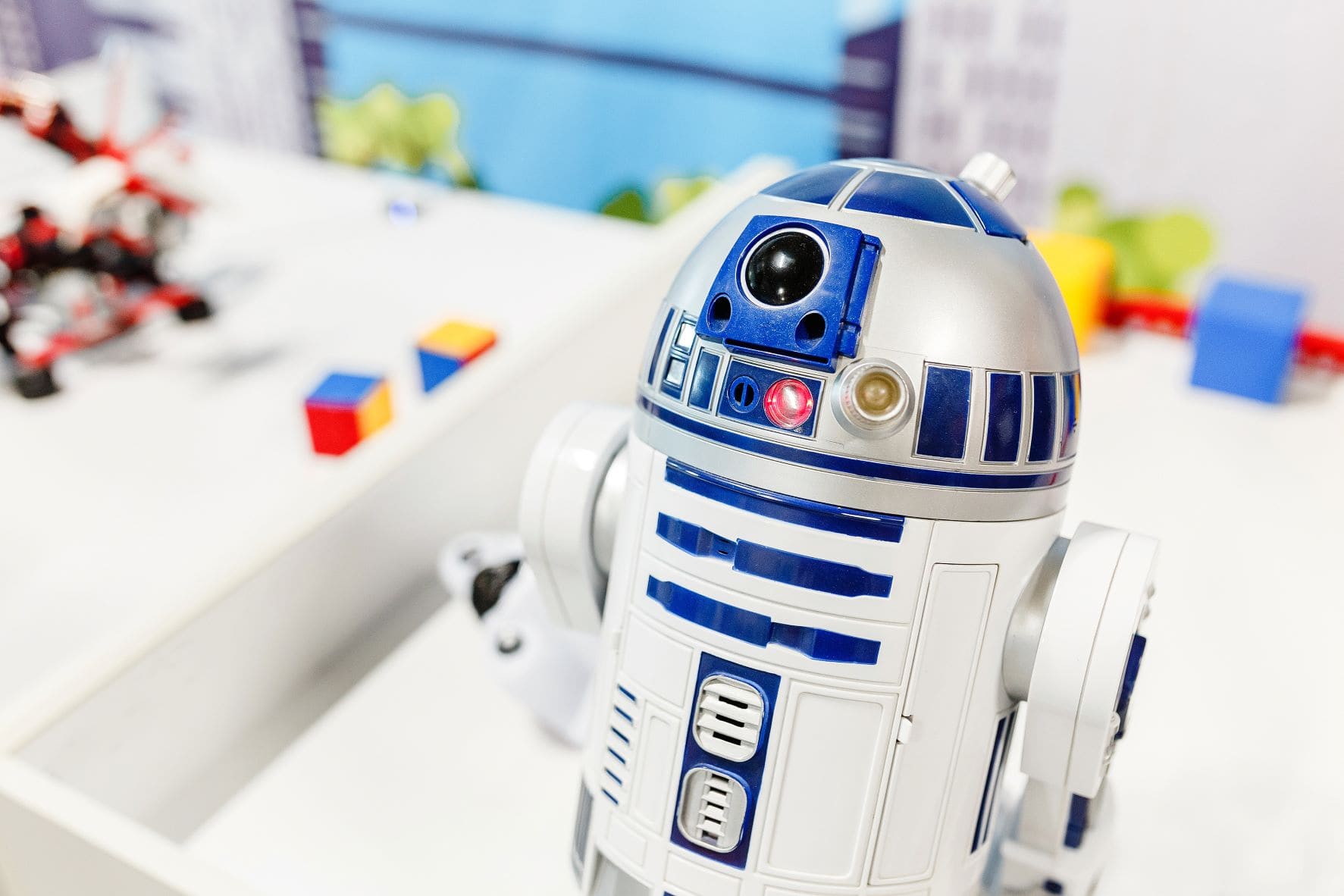
Most of us have a general idea of what a robot is. Maybe you are picturing a classic machine from a sci-fi movie, like R2-D2. But what is robotics? It refers to the design, construction, and use of robots, in particular, using robots to perform tasks.
Of course, R2-D2 wasn’t just born! His design and programming allowed him to perform specific tasks. This is where robotics comes into play.
Robots have many different designs and functions. Various industries use them to perform mundane or dangerous tasks instead of employees doing the work. They can include assembly line production, drones, and even Amazon warehouses.
Different Types of Robots
As technology advances, robots have become more than just a machine on wheels. They can actually help with many different types of tasks.
A robot is often categorized by its use and movement capabilities. Some robots could even fit into more than one category. Here are some of the most common types of robots.
Exploration
An exploration robot is designed and built to explore areas where it is too dangerous for a human to go. They can give us more information about areas such as the ocean floor or Mars. Mars Exploration Rovers are a great example of this type.
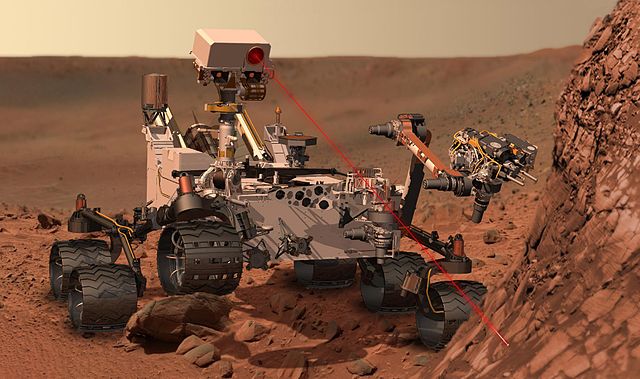
Mars Rover Curiosity – NASA/JPL-Caltech, Public domain, via Wikimedia Commons
Medical
Robots are becoming more common in medical settings. Surgeons use them to improve accuracy and reduce patient risk. Skilled surgeons will use a console to command and control these medical robots. They have been used for intestinal surgeries and even for those with prostate cancer.
Exoskeletons are another form of a medical robot. They are helpful in physical rehabilitation for patients.
Industrial
Jobs that require repetitive tasks can be draining on employees. For this reason, many companies are investing in robots. An industrial robot is one that is usually stationary or with minimal movement.
Consumer
Consumer robots are household devices that can help people with everyday tasks. One of the best examples is the Roomba. They can also include mechanical toys for children.
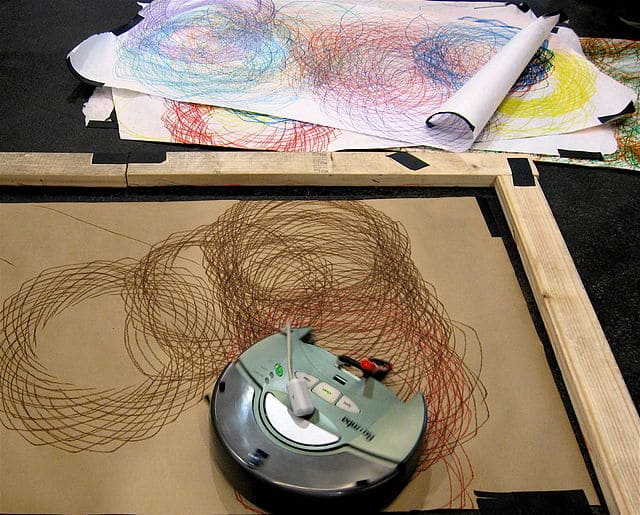
Roomba spirograph – Steve Jurvetson, CC BY 2.0 <https://creativecommons.org/licenses/by/2.0>, via Wikimedia
Aerospace
Robots that have the capability to fly fit into the aerospace category. They assist in research or military intelligence operations. An example of this type would be a drone.
Autonomous Vehicles
Self-driving cars are another category of robots. This type is still somewhat in the beginning stages, and we can expect much progress in the future. However, some big-name companies have already invested a lot in autonomous vehicles.
What are some careers that use robotics?
A passion for robotics can open up many possibilities. Here are some careers that use robotics.
Mechanical Engineer
In general, the role of a mechanical engineer is to develop new robots for use in different tasks. These engineers may also research the most efficient robot design for various industries.
Design Engineer
Similar to a mechanical engineer, a design engineer works on robot development. But, their role is to focus on the visual appearance of the machine. A design engineer often creates blueprints of robots. In addition, they conduct motion studies to see how the robot will come together.
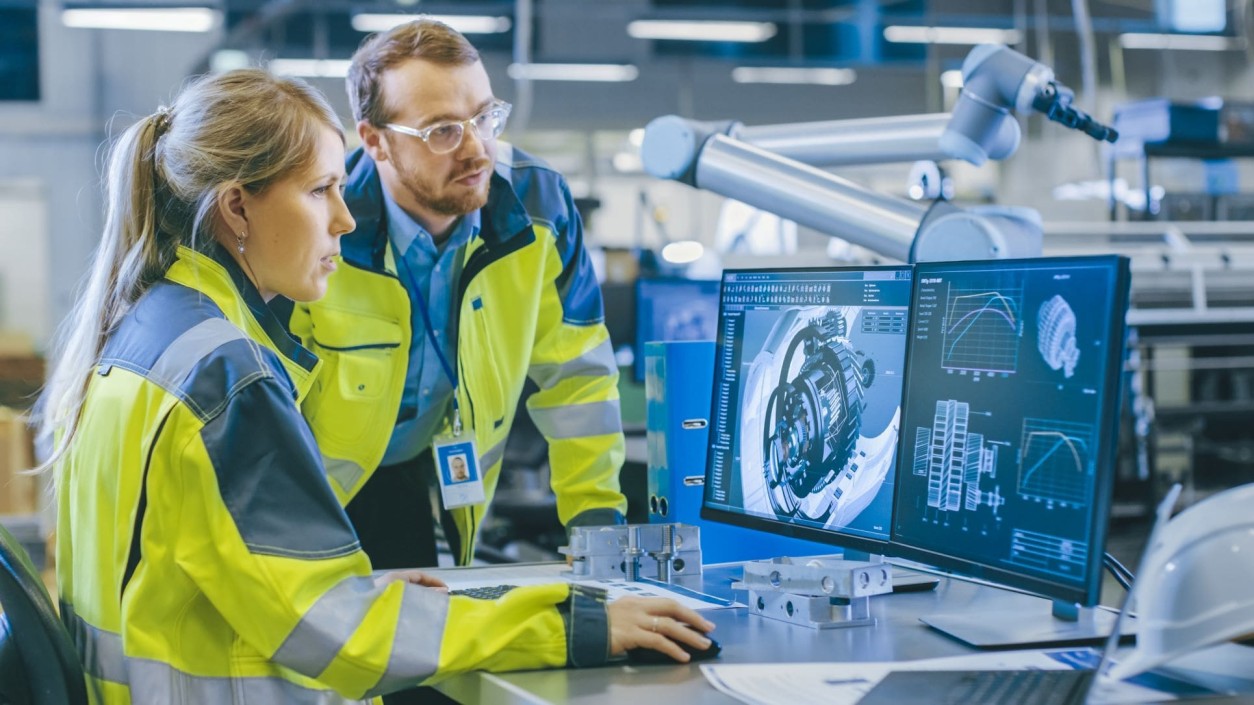
Robotics Engineer
This is someone highly trained in designing, building, and maintaining robotic devices. These engineers are experts in how a robot moves and what it is capable of. They can specialize in different areas of robotics, such as sensors, information processing, and robotic intelligence.
Software Engineer
Software engineers are skilled at programming machines to function according to their designs. The job includes testing for robot functionality and reconfiguring or updating robotic systems.
Hardware Engineer
The hardware engineer handles the physical parts of the robot. They will design and develop all the pieces that fit together to create the robot. There is a certain amount of component testing involved in the role. If a part of the robot is not doing its job, it is up to the hardware engineer to fix it.

Sales Engineer
A sales engineer is the customer contact for robotics products. Part of the job includes talking to clients about their requirements. They will also consult with the design and manufacturing team on behalf of the customer. This role requires comprehensive technical knowledge and strong communication skills.
UI/UX Designer
UX designers make the interaction between robots and users easy. They design interfaces that allow users to communicate with the machines. A UI/UX designer enables people to get the most from their robot.
How Your Child Can Get Started in Robotics
Robotics is a large field and encompasses a variety of skills and interests. If your child is interested in robotics, the best thing to do is encourage them in their learning journey. And the sooner you start cultivating their curiosity, the better. Here are some ways you can get your child started in robotics.
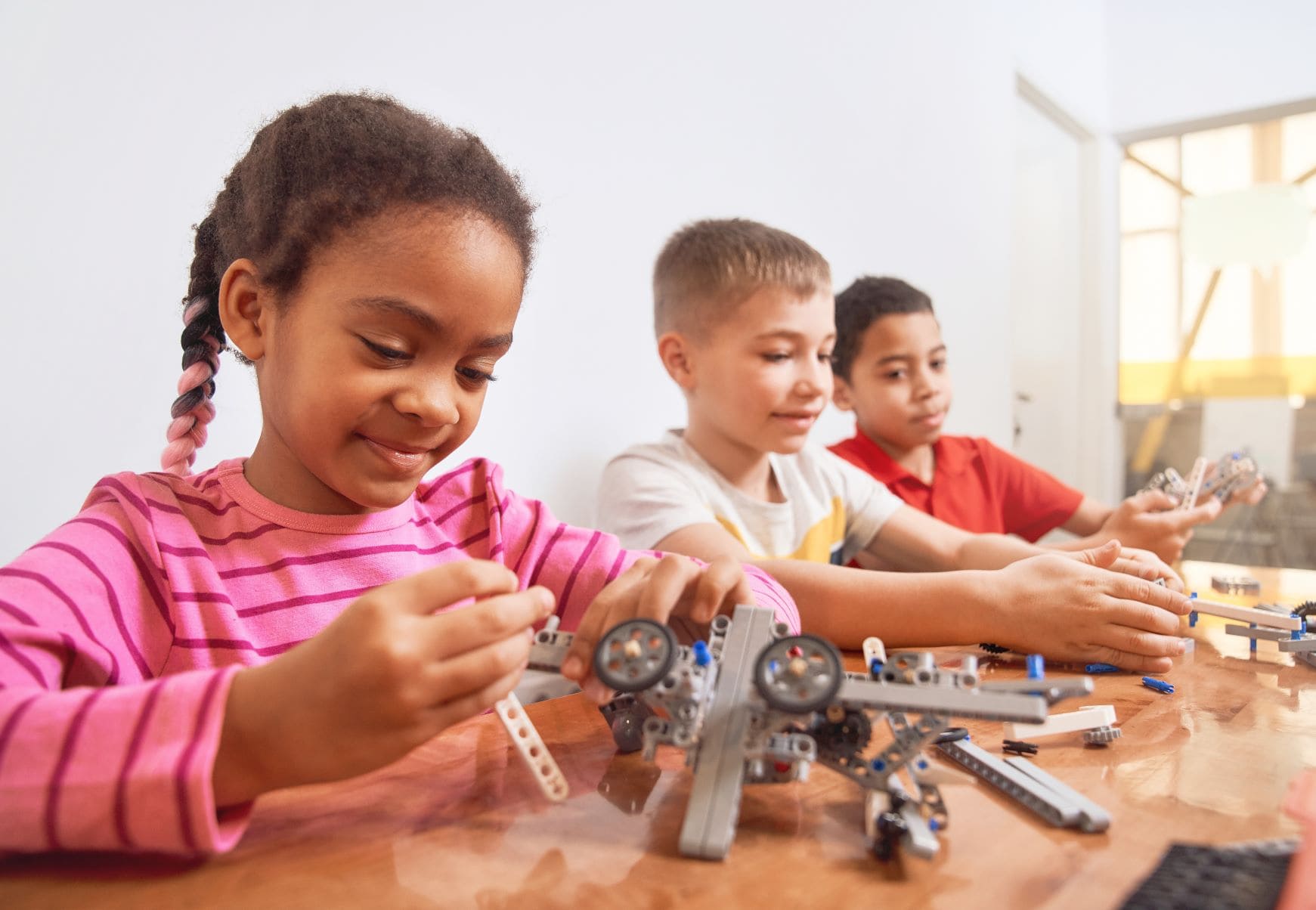
Watch. Play. Read.
Watch some robotics videos together. Let your child’s natural inquisitiveness evolve and lead your research. Start by showing them the capability of robots and their various uses. After some time, you can advance to playing online robot games. You could also read books about robots’ design, creation, and use.
Challenges
Look for robot challenges that you and your child can participate in together. These can include building robots or programming machines. It can be a good learning and bonding experience.
Join Clubs
Check out some local robotics clubs or programs in your area. Often these clubs get together to work on projects and other activities. This interactive experience can deepen your child’s robotics knowledge.
STEM Training
Another way to further your child’s interest in robotics is with workshops and programs. Engineering or Kids (E4K) has various activities covering different robotics elements. Our programs include coding, interactive engineering, robotics, and more. In these programs, kids will have a blast in educational challenges like robot-building.
Competitions
As your child’s robot skills advance, they can even enter competitions, which allow them to advance their knowledge. In competitions, tasks range from designing a robot from scratch to programming their own robot to complete a task.

Alongside our programs, some E4K locations host regional and national competitions. EFK robotics accomplishments help children demonstrate their skills and expand their abilities. Be sure to match your child’s skills to the level of the competition.
Engineering For Kids® and You
Engineering For Kids® wants to help your child succeed in science, technology, engineering, and math. We encourage a child’s natural interest in STEM while expanding their creativity and imagination. If your child is interested in learning what robotics is firsthand, find an EFK near you!
With locations all over the US, Canada, and the world, you’ll be able to find a STEM program that fits your child’s interests and your schedule.




